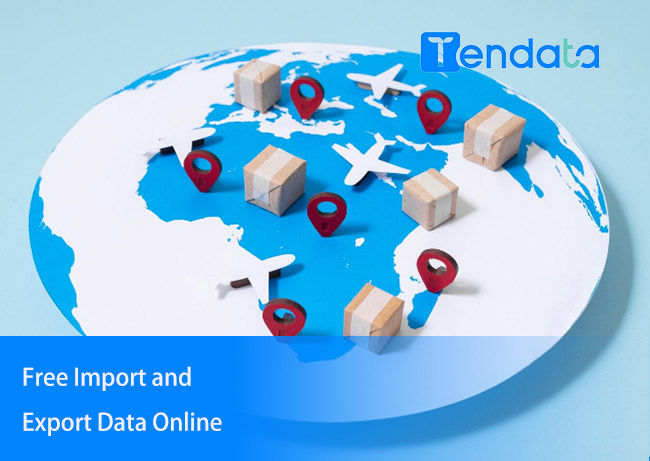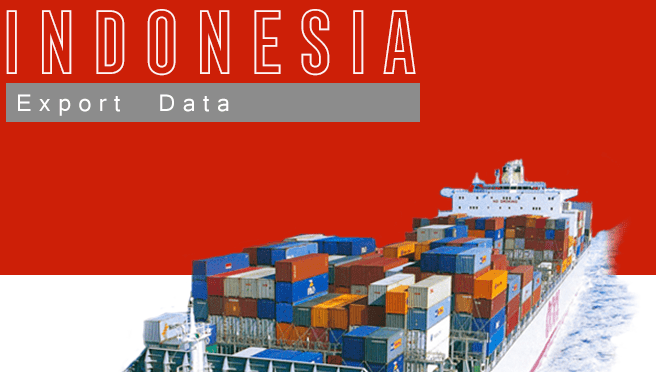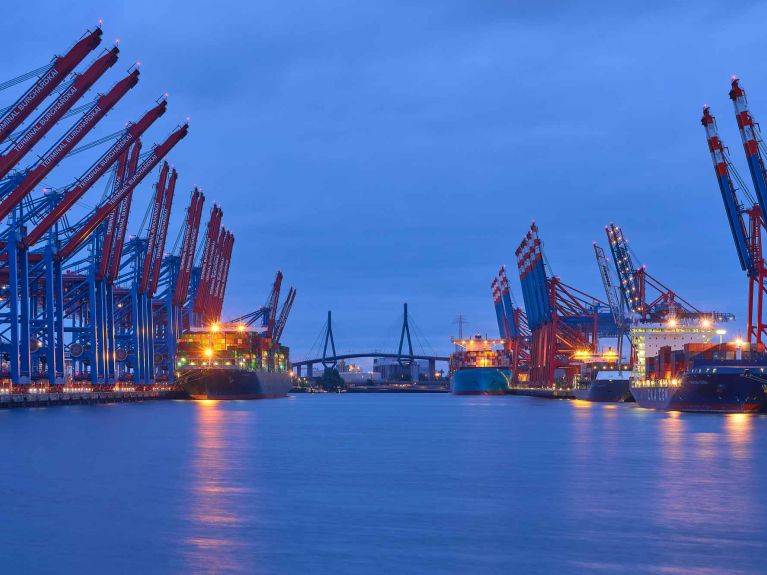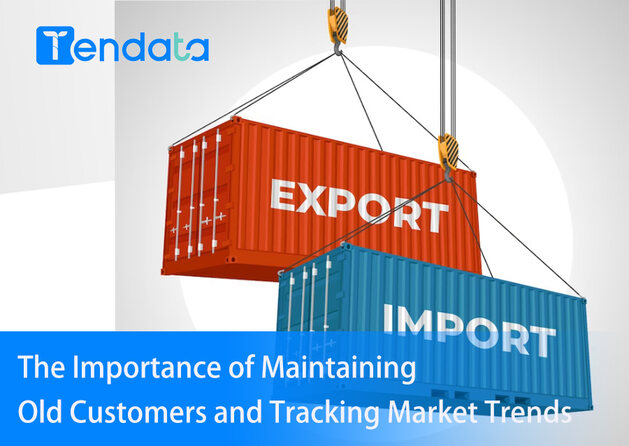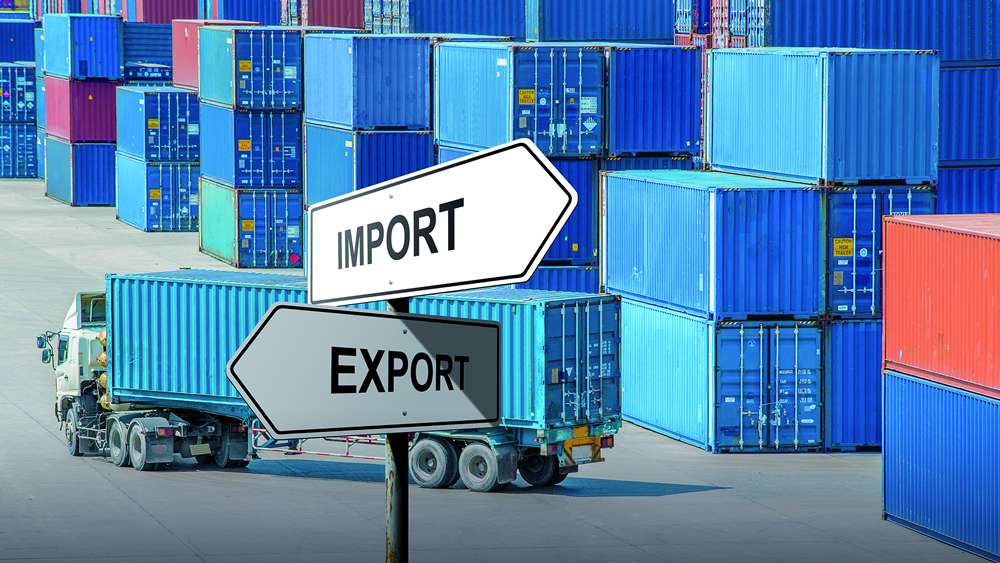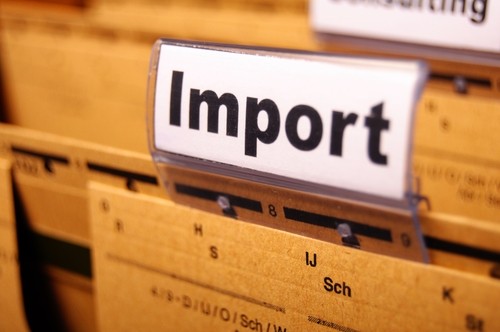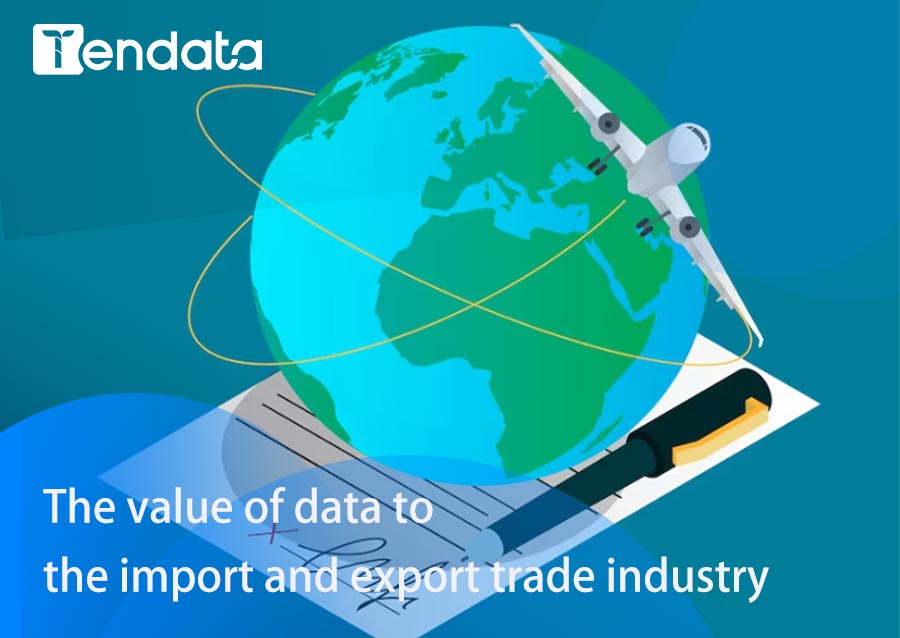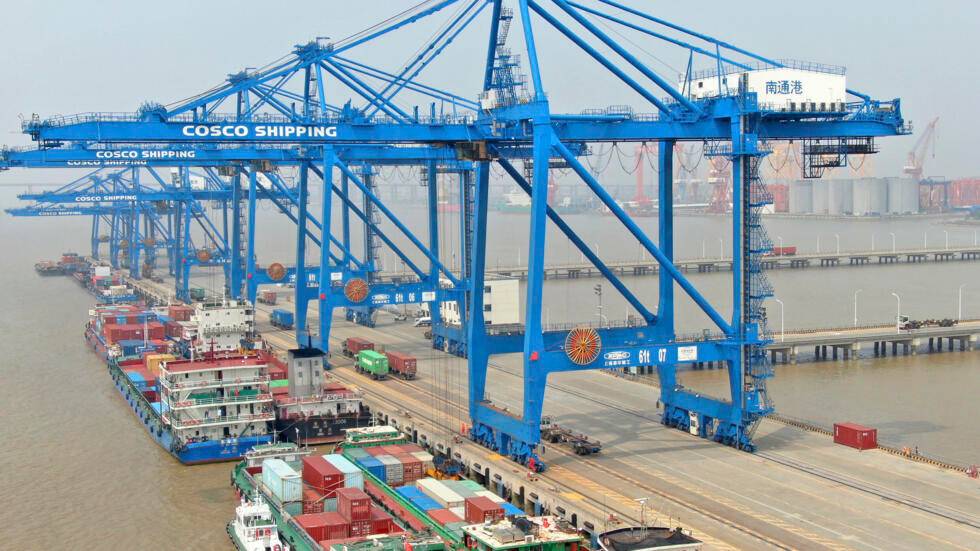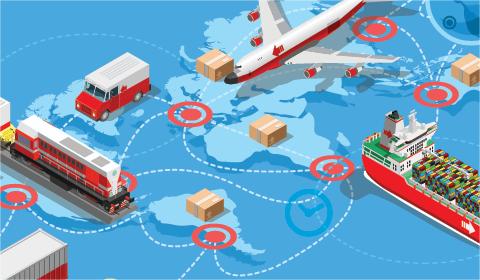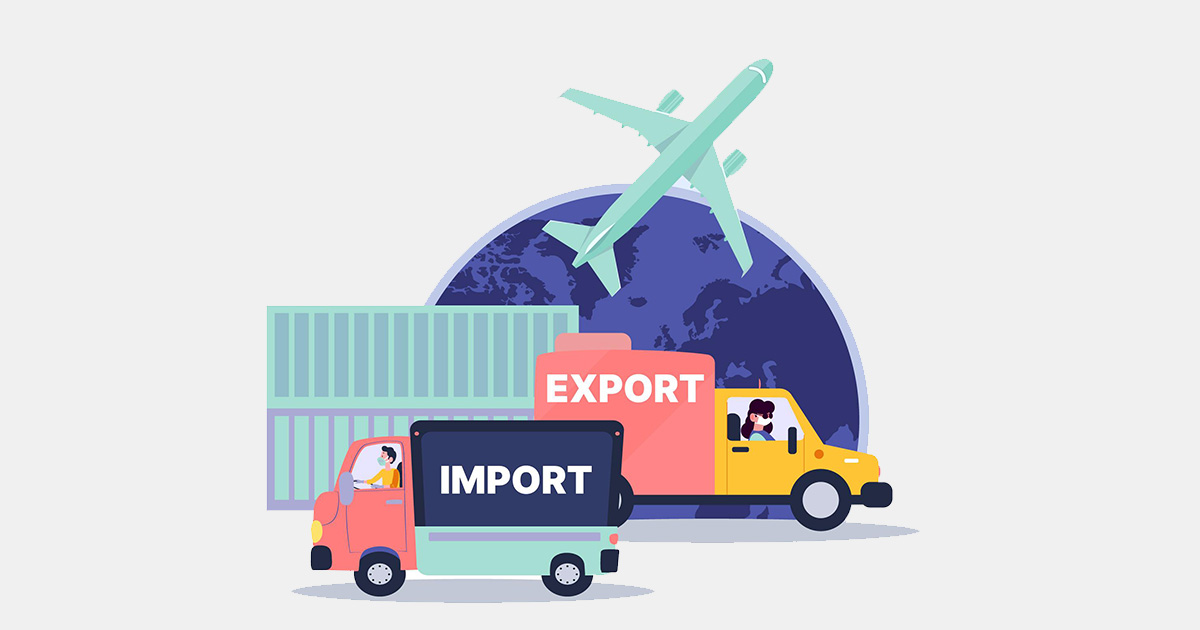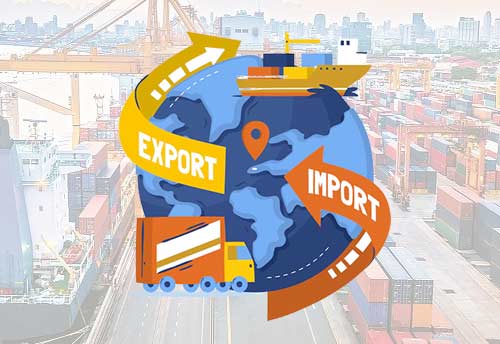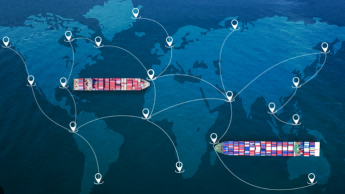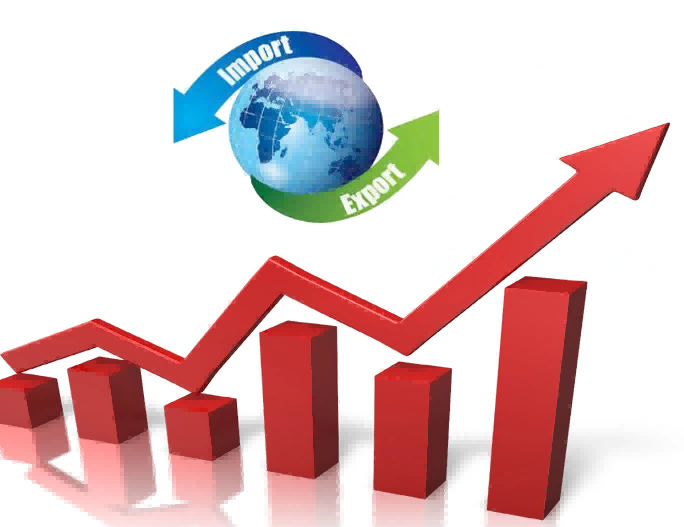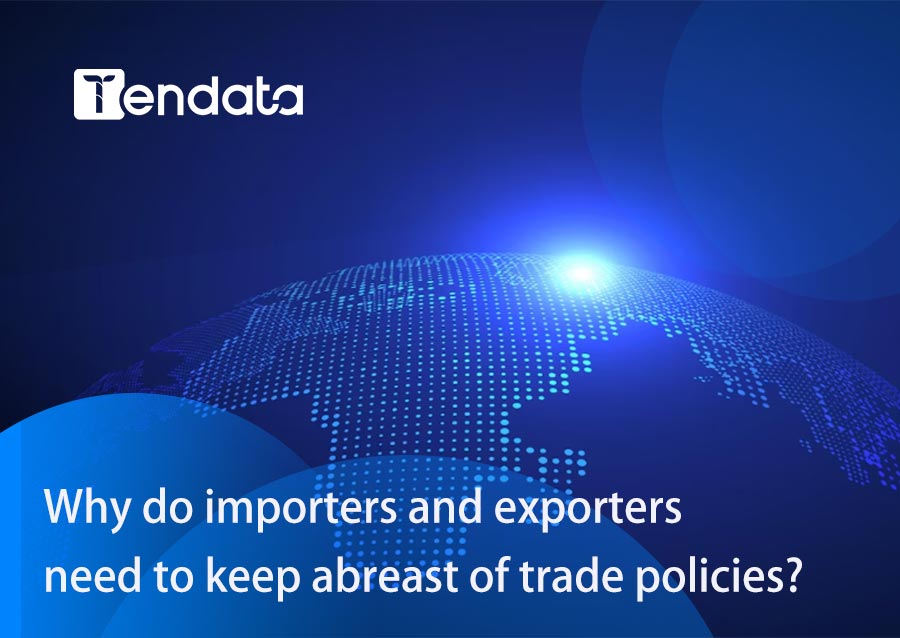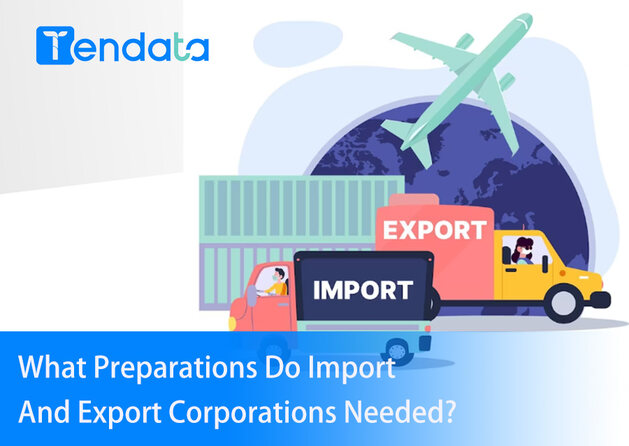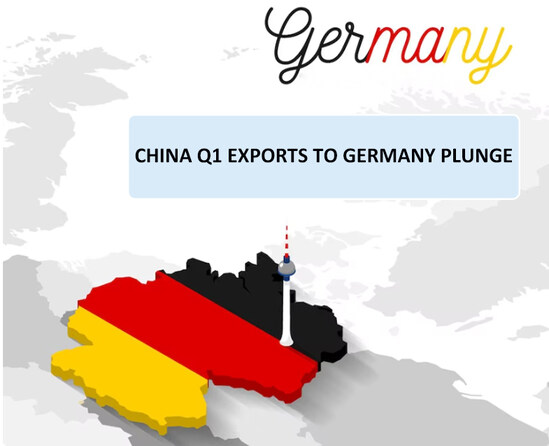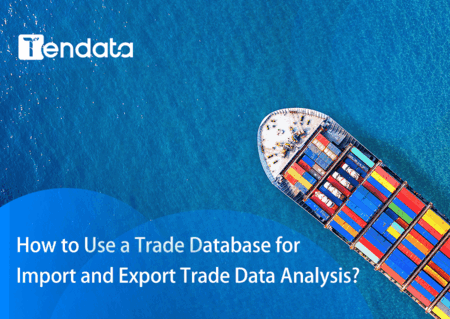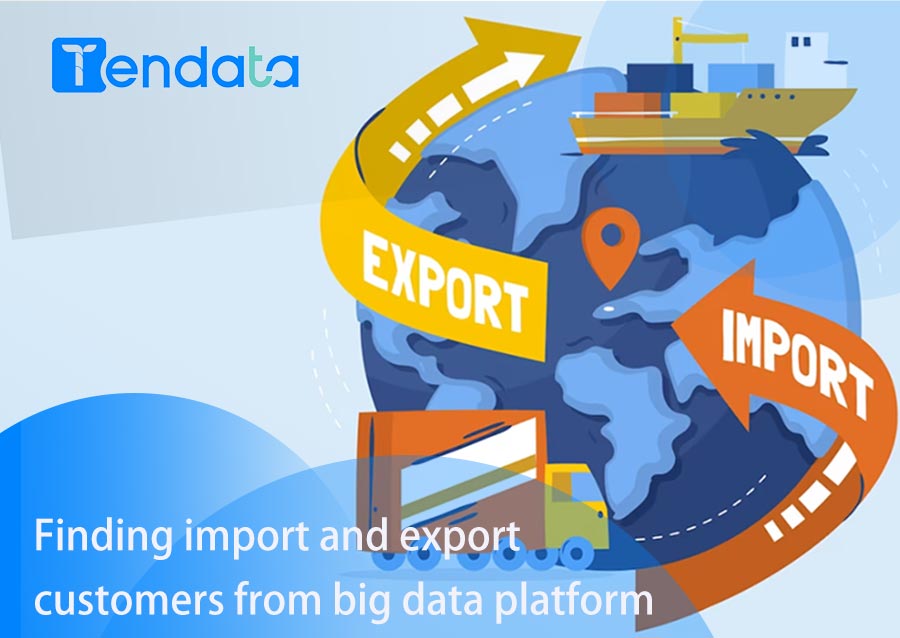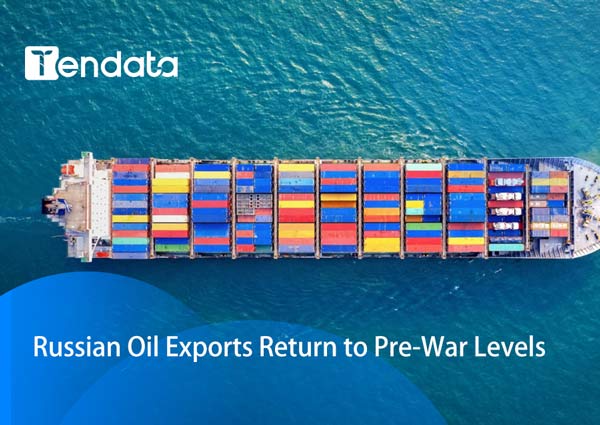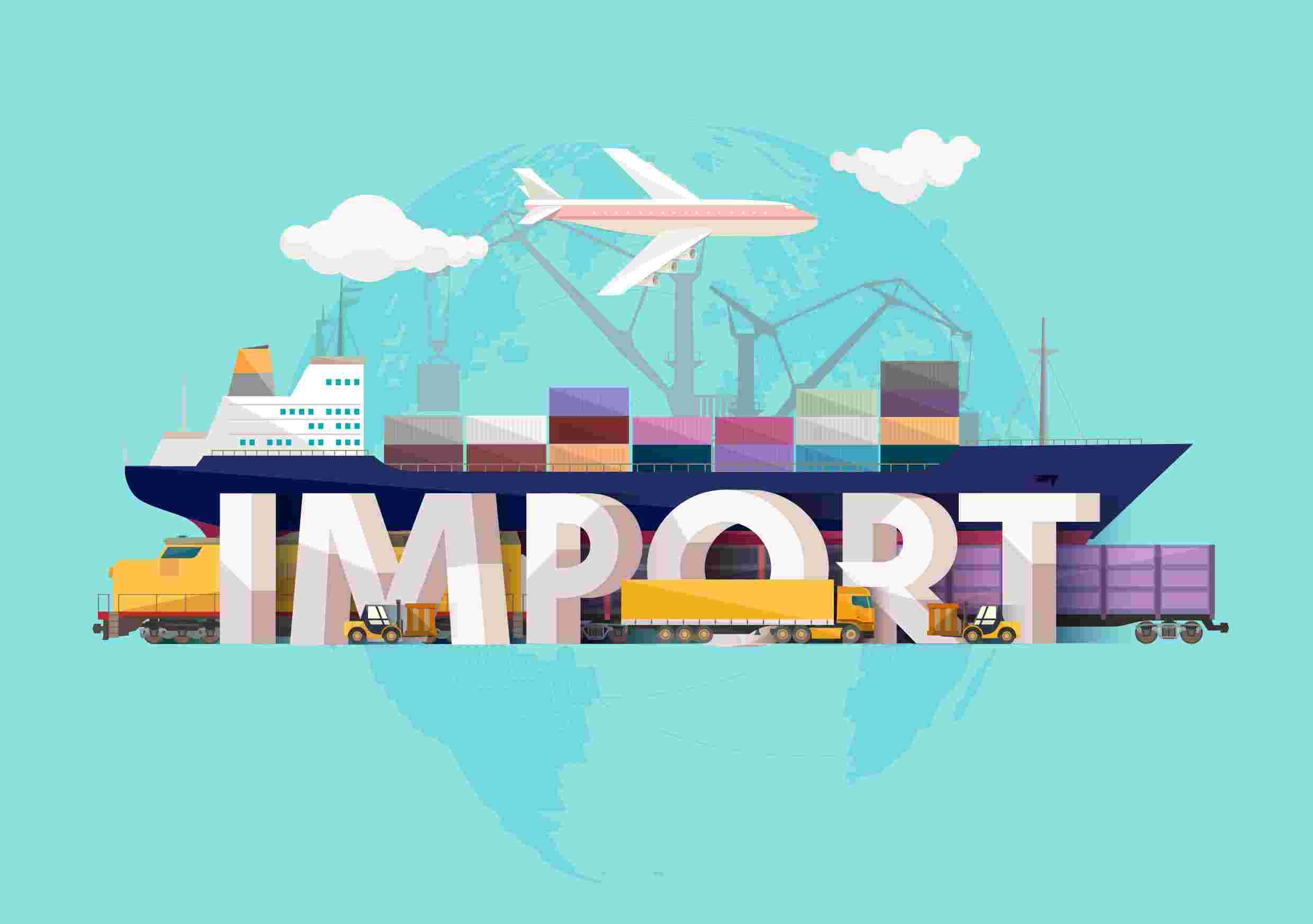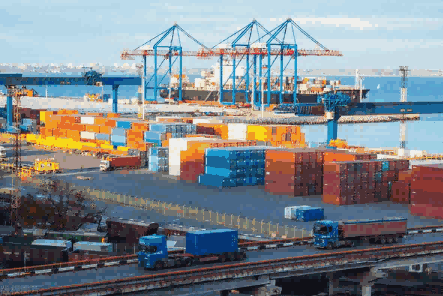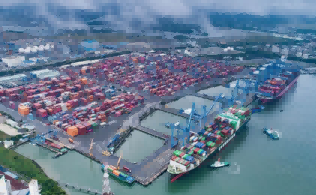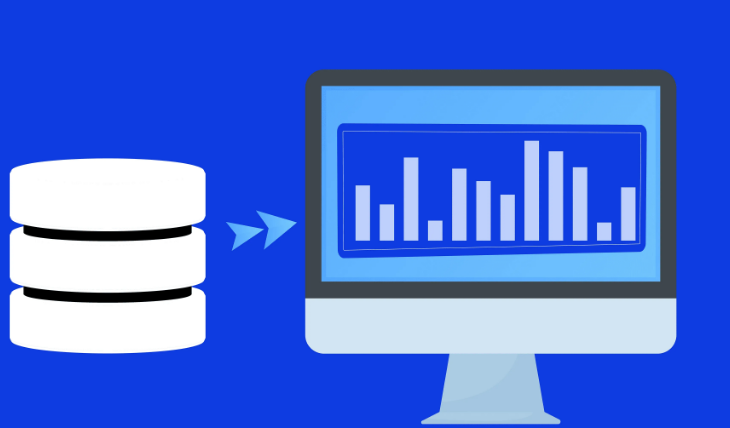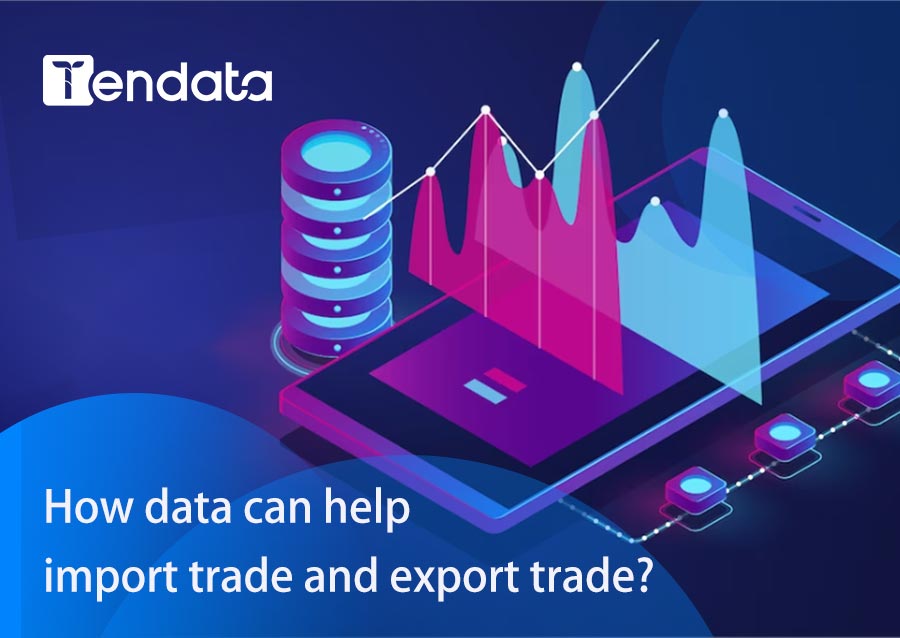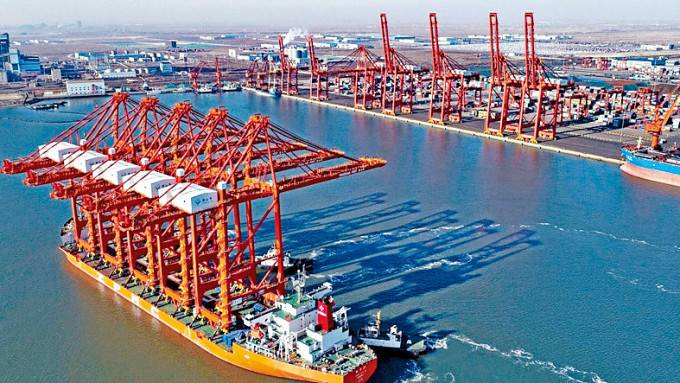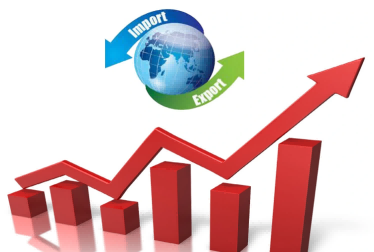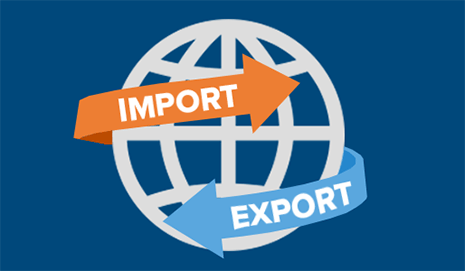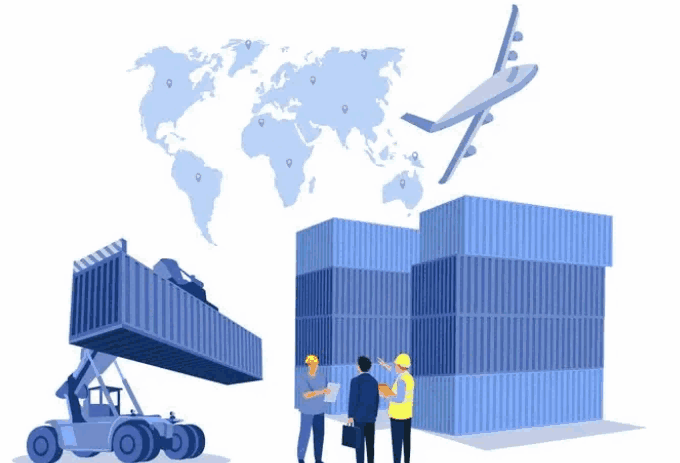 Trade Data Provider
Trade Data Provider
 2025-07-07
2025-07-07
Are you looking to understand the market landscape for your products? Want to know what your potential customers are importing? Trade data is an essential resource for any international trading business. This article introduces 10 free global import and export trade data platforms to help you access valuable trade insights.

1. UN Comtrade Database: http://comtradeplus.un.org
·Pros:
The most comprehensive trade data source globally. Compiled by the United Nations Statistics Division, it covers trade data from nearly 200 countries and regions, accounting for over 99% of global commodity trade activity.
·Cons:
Due to the vast number of countries involved, data release times vary, leading to delays. It also lacks market-specific granular detail.
2. ASEAN Statistics (ASEANStats): http://www.aseanstats.org
·Pros:
Reliable and authoritative data sourced from ASEAN member states under the ASEAN Community Statistical System (ACSS). Data is regularly submitted via standardized templates.
·Cons:
Primarily focuses on intra-ASEAN trade. Coverage for non-ASEAN markets is limited. Data options are not detailed enough, and some queries may return no results—less suitable for users needing global trade data.
3. Tendata Global Import & Export Trade Data: https://www.tendata.com
·Key Features:
(1) Global Trade Coverage: Detailed trade data for various countries, especially strong for regions like India, Indonesia, and Brazil.
(2) Customs Bill of Lading Info: Includes 92 data fields like importer/exporter names, product details, quantities, and prices—everything a trader needs.
(3) Contact Information: Direct access to company details and decision-makers for due diligence or client acquisition.
(4) Market Insights: Offers analysis on product trends and industry dynamics, helping you assess opportunities and risks.

4. UK Trade Info: http://www.uktradeinfo.com
·Pros:
Managed by HM Revenue & Customs (HMRC), it offers highly credible and timely data. Provides detailed UK trade data by product category, partner country, and trade value. Monthly reports and customizable searches are available, with data export in table format.
·Cons:
Requires users to review the official guide. Only shows buyer information, not sellers. Table setup is not very user-friendly.
5. Government of Canada: http://www.canada.ca/en
·Pros:
Data is provided directly by the Canadian government—reliable and authoritative. Allows searches by HS code or product name. Ideal for companies interested in the Canadian market.
·Cons:
Only the top 80% of importers are listed—some data may be missing.
6. ImportYeti (U.S. Trade Data): http://www.importyeti.com
·Pros:
A free platform for accessing U.S. trade data. It includes over 70 million shipment records dating back to 2015. Registration is required to access full features, including downloading original bills of lading and supplier directories. Data is sourced using the U.S. government's open trade data.
·Cons:
Only U.S. company data is available. Limited to ocean shipments—no data for air or land transportation.
·Tip: If you can't find a company, try searching by address or alternate company names.
7. Port Examiner (U.S. Trade Data): http://portexaminer.com
·Pros:
Free to use with access to full bills of lading, including product description, quantity, weight, and sender/receiver info—great for analyzing product flows.
·Cons:
Updates are not very timely. The platform mainly offers raw data; users will need to export data for deeper analysis or visualization.
8. Australian Bureau of Statistics (ABS): https://explore.data.abs.gov.au
·Pros:
Highly reliable and accurate data across various domains—economy, society, environment, population—making it a great resource for analyzing the Australian market.
·Cons:
Most data is descriptive and lacks deep market trend analysis. Users may need to combine it with other data sources for more comprehensive insights.
9. Ministry of Commerce and Industry (India): http://commerce.gov.in/trade-statistics
·Pros:
Official data released by India's Ministry of Commerce and Industry—authoritative and highly detailed, suitable for analyzing India's market and trade relations.
·Cons:
Mostly foundational data. Lacks in-depth analysis on trends or sector development. Additional sources may be needed for a full market picture.
10. Brazil Foreign Trade Secretariat (SECEX): http://www.mdic.gov.br
·Pros:
Provides access to parts of Brazil's foreign trade data.
·Cons:
Data may be incomplete, and the website interface is not user-friendly.
These are 10 free global import and export trade data platforms that can help you gather valuable trade insights about your target markets. We hope this guide helps you navigate and utilize international trade data more effectively.
Category
Leave Message for Demo Request or Questions


 T-info
T-info T-discovery
T-discovery

 My
Tendata
My
Tendata Market Analysis
Market Analysis Customer
Development
Customer
Development Competitor
Monitoring
Competitor
Monitoring Customer Relationship
Customer Relationship